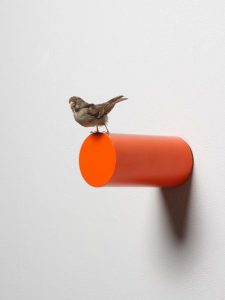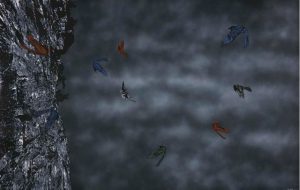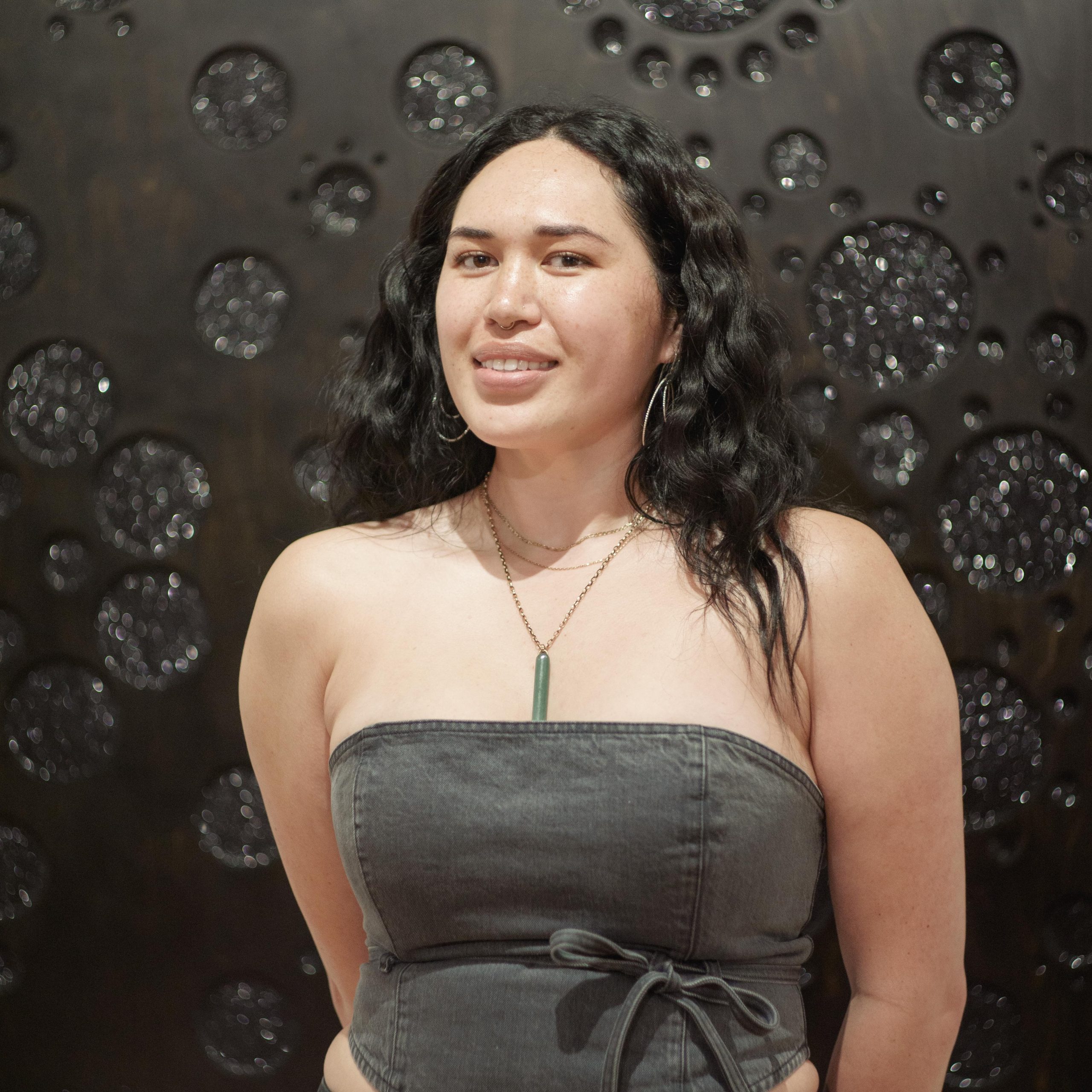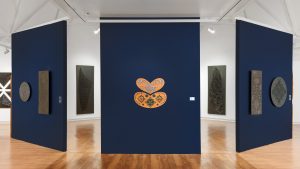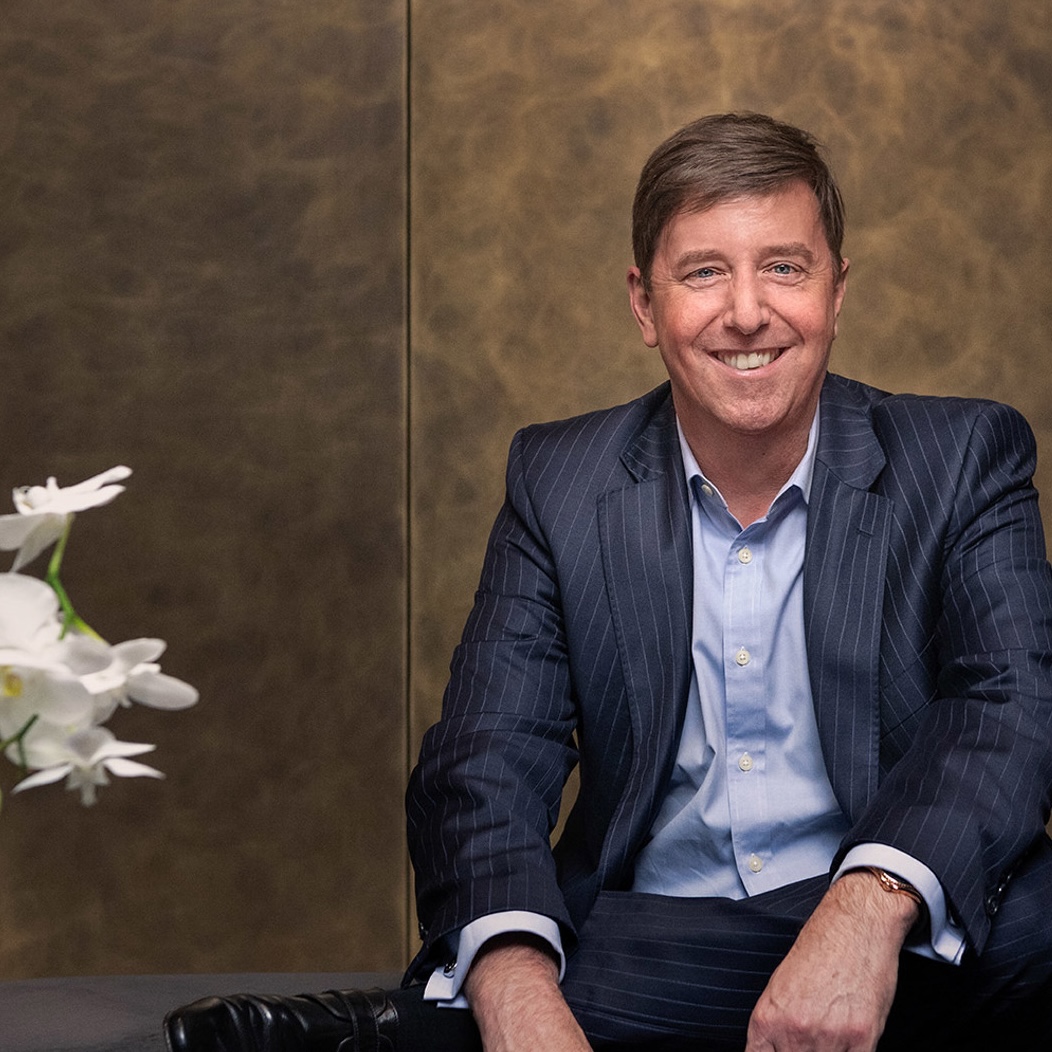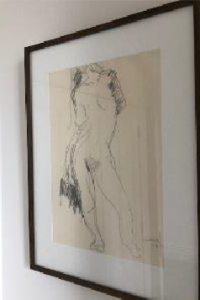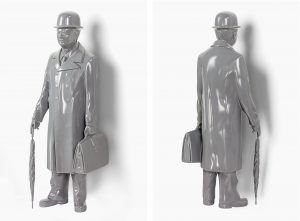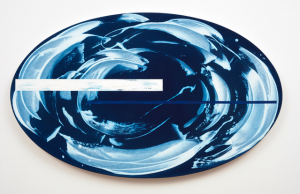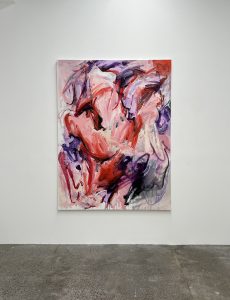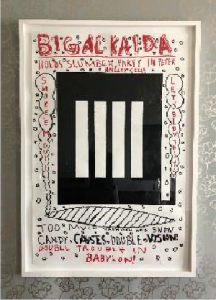The Aotearoa Art Fair are delighted to welcome Studio Italia as the VIP Partner. Studio Italia exclusively represents leading Italian furniture design brands and delivers expert design and craftsmanship to New Zealanders. Keep an eye out for their exquisite furniture at the 2025 Aotearoa Art Fair!
We spoke with Valeria Carbonaro-Laws, founder of Studio Italia, about her journey in art collecting. With over 15 years of experience in the Aotearoa art scene, Valeria discusses what made her want to start collecting, how her collection has evolved, the pieces that have shaped her passion for art, and more.
_______
What made you want to start collecting art?
I’ve always had a love for art. About 15 years ago, I became part of an art group, which gave me the opportunity to understand art more deeply, research it, and eventually start collecting.
How has your approach to collecting evolved over time?
What’s evolved most is my commitment and love for art. Once I entered the NZ art world, I realised how much I truly appreciate it. Going to galleries, meeting artists, attending talks and walks—these experiences made me want to invest in art more than anything else. Over the years, I’ve learned that it’s better to buy one great piece that really makes you happy than to settle for something less.
What is the focus of your collection? Are you more interested in emerging or well-known artists?
I’ve collected both. Some emerging artists have done really well for me. Being in an art group, the budget often limits us to emerging artists, which I actually enjoy. It feels more like investing in the artist themselves than just the piece.
What advice would you give to someone looking to make their first purchase at the Aotearoa Art Fair?
I’m not sure my advice will be that great, but here it is: A few times, I’ve gone to the fair with the intention of restraining myself—but I’ve never succeeded! One or two pieces always get the better of me. The Aotearoa Art Fair is a great place to buy art because the galleries invited are well-established and have great reputations. I’d say go with your gut instinct and choose the piece that speaks to you the most.
What is your favourite piece in your collection and why?
I love every piece I have, as they all mean something special to me, but there’s one I wanted for a very long time. Over 15 years ago, I visited a client’s house and saw a Michael Parekōwhai bird on a small orange trunk. I absolutely fell in love with it—but it wasn’t for sale. I had to wait 15 years before I found one at Art and Object. By then, nothing was going to stop me. Now it proudly sits on my wall.
Image: Micheal Parekōwhai
Was there a piece of art that got away?
Yes… and I’m still thinking about it. I had the chance to buy a Shane Cotton piece. It was stunning, as most of his work is, but this one really spoke to me. It was dark with a few birds (yes, I love birds) in different colors—very mesmerizing. This was over 20 years ago. At the time, I had just bought shares in Studio Italia, and unfortunately, I didn’t have the money for this kind of purchase. In hindsight, it would have been a fantastic investment, especially since his work has become much more expensive since then.
Image: Shane Cotton
Learn more about Studio Italia studioitalia.co.nz
